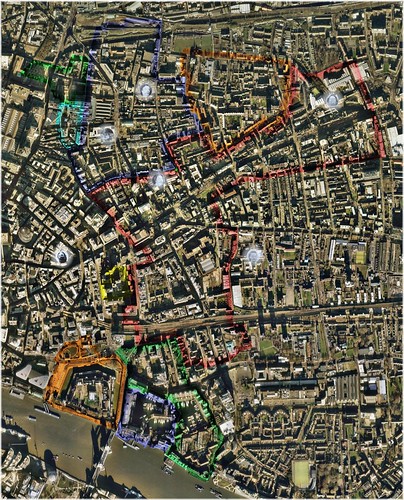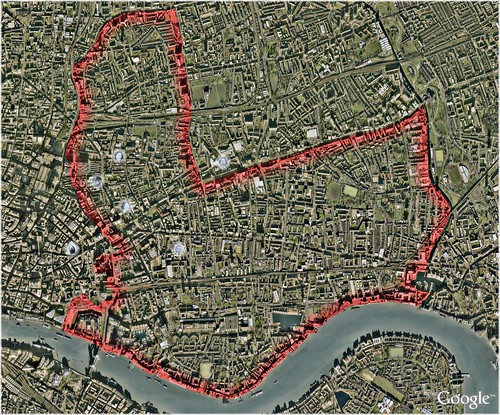I had this up once before but it was lost in the crash. This is a description of the North East Middlesex coroner's district, taken from an Order in Council dated 3 May 1888, as published in The London Gazette, 8 May 1888. I believe that Macdonald took office on 1 June that year. This incarnation of the district remained in effect until after Macdonald's death in 1894.
I like this one in particular since it's relevant to the question of who really should have held Mary Kelly's inquest. Kelly was killed in Spitalfields and her body transported to Shoreditch (Colin Roberts once wrote me that the mortuary itself was actually just inside the boundary of St. Matthew's Bethnal Green). Thanks again, Robert Linford, for pulling this and to Stephen Ryder for fixing the table for me!
I like this one in particular since it's relevant to the question of who really should have held Mary Kelly's inquest. Kelly was killed in Spitalfields and her body transported to Shoreditch (Colin Roberts once wrote me that the mortuary itself was actually just inside the boundary of St. Matthew's Bethnal Green). Thanks again, Robert Linford, for pulling this and to Stephen Ryder for fixing the table for me!





Comment